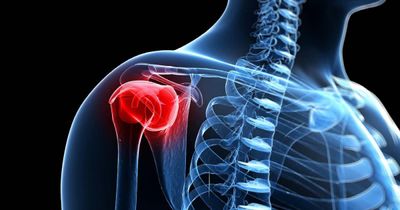Acromion
Rotator cuff repair without acromioplasty associated with increased reoperation rates
VIDEO: Acromion fracture after RSA
Can anatomic shoulder arthroplasty be as effective as reverse arthroplasty for glenohumeral arthritis?
Anatomic TSA has been used to improve function and decrease pain in patients with shoulder arthritis since about 1970. Modern reverse shoulder arthroplasty was developed and introduced in Europe in the late 1980s due to disappointing results of anatomic shoulder arthroplasty in patients with shoulder arthritis and massive rotator cuff tears. The success of reverse shoulder arthroplasty in this patient population has led to the expansion of the indications for reverse replacement to include shoulder arthritis with an intact cuff, especially with substantial glenoid bone deformity. Despite this expansion, anatomic arthroplasty remains the procedure of choice for patients with shoulder arthritis, an intact rotator cuff and mild to moderate glenoid deformity. The return of motion, especially internal rotation, is better with anatomic replacement. In addition, the infection rates of 1% vs.1.5% to 2% and dislocation rates of 1% vs. 1.5% to 2% are lower with anatomic replacement, multiple sources reported. Finally, stress fractures of the scapular spine and acromion are unique to reverse TSA (3% to 11%) and usually result in permanent decrease in function and an increase in pain. Reverse TSA, therefore, is currently reserved for patients with substantial rotator cuff dysfunction and/or severe glenoid deformity. Advances in surgical technique and technology will improve the results of both anatomic and reverse TSA, but anatomic arthroplasty will likely remain the procedure of choice for many patients with shoulder arthritis.



